Cormorant In The Storm, 1930
Pencil and oil pastel on paper, signed and dated 1930 lower right
80 x 58 cm
Gaston Suisse was born in Paris in 1896. Close to the famous art dealer Samuel Bing, aesthete, collector and great bibliophile, Georges Suisse’s father, introduced him to the world of art. Highly curious, the young boy spent long hours reading the books in his father’s collection, which were largely devoted to Art Nouveau and Japanese art. In this way, he developed a deep understanding of Eastern cultures and was seduced by the aesthetic canons of the Far East.
His father guided him towards a passion that has then never left him: the animal world. At the Jardin des Plantes, Gaston Suisse observed with a curious and conniving eye these wild beings. At the age of fifteen, he met the talented Paul Jouve, eighteen years older than him, who had long been a regular visitor to the Parisian bestiary. Together, they went to Antwerp to meet one of the greatest masters of animal art, Rembrandt Bugatti.
Self-taught Gaston Suisse joined the Ecole Supérieure des Arts Décoratifs (School of Decorative Arts). This education enabled him to acquire significant technical skills and to learn the art of lacquering. In 1913 and 1914 he was not eighteen years old when he received a gold medal for his first works on this technique which he then made his own.
During his apprenticeship, Gaston Suisse honed his sense of observation and carried out meticulous studies in which he captured every animal movement transcribed in sequences of remarkable anatomical precision.
He was then mobilised during the First World War, fighting in Verdun and then with the Armée d’Orient where he met Paul Jouve. However, he did not stop creating and regularly sent sketches and notes which were subsequently published in the school newspaper. On his return to Paris, an Annamite lacquerware friend, Dang Bui, brought him his first jars of vegetable lacquer which allowed him to finally put his theories into practice on a larger scale.
Inspired by Asian masters’ secrets, Gaston Suisse very quickly mastered traditional lacquering techniques and skillfully tried to free himself from their constraints using innovative processes. His research led him first to use a mixture of rabbit skin glue and blanc de Meudon for the primer coats of his lacquers in order to limit the very long drying process of vegetable lacquer. His progressive use of synthetic varnishes later allowed him to significantly enrich his chromatic range, while again reducing the drying time. Very quickly, he perfected his method with eggshells and gold leaf incrustations and studied the oxidation of metals.
Engraved, sculpted or inlaid, the sumptuous decorations of Gaston Suisse assert a singular style, animated by pure lines. Gradually, the artist tends towards a geometrisation of forms, obtaining cloudy lacquers that sublimate his rigorous abstract compositions. He thus became one of the founding members of the Art Deco movement.
However, the master lacquerer remained a multidisciplinary artist. For Maurice Dufresne, he decorated the pavilion of La Maîtrise des Galeries Lafayette, created fabric projects for Madame Duchesne, stained-glass sketches for Jacques Grüber, and for his friend Jean Perzel, he also designed sets for the Paris Opera and costumes for the Comédie Française. As an artist and a craftsman, he was named a member of the Salon d’Automne in 1926, for his first participation.
From the 1920s, the work of Gaston Suisse was already recognized by the art critics, seduced by his decors. In 1924, he was in charge of the decoration of the Alhambra in Algiers where he started a great journey. He travelled throughout the Maghreb, then in the Sahara and south of Africa. He brought back from this trip many animal sketches and drawings. Member of the Société des Artistes Animaliers since 1925, he received the silver medal at the Exposition des Arts Décoratifs that same year.
In December 1927, Gaston Suisse took part in the first exhibition of the animal group at the Brandt Gallery. He worked in collaboration with numerous designers, including Jansen, Straub, Brandt, Ruhlmann and Boyer, and produced boxes marketed in the United States for Hermès.
In 1930, Gaston Suisse was awarded the Grand Prix du Salon de la Société Nationale des Beaux-Arts, and in 1934 he was awarded the gold medal. With his work «La Chasse», he won the gold medal at the 1931 Colonial Exhibition.
During the 1937 International Exhibition, Gaston Suisse was genuinely recognized. He was commissioned by the city of Paris to create a monumental decor for the reception hall at the Palais de Tokyo, now owned by the Musée d’Art Moderne de la Ville de Paris.
Mobilized and then held prisoner during the Second World War, Gaston Suisse managed to escape to a free zone before returning to Paris. The artist then met Gisèle, who would become his wife and the key to his family’s happiness; a plenitude and serenity ubiquitous in his work.
At the end of the Second World War, Gaston Suisse returned to his work and exhibited at the Salon des Artistes Animaliers, the Salon d’Automne and the Cercle Volney. Only finished projects were commercialized, however, his studio was home for a pictorial treasure: countless life sketches and pastels. The artist worked relentlessly. He studied alone in his studio, perfected his precision on animal and vegetable forms, and experimented new processes.
Gaston Suisse died in 1988 in Paris. His works are now highly sought after and are in many public collections, notably those of the Musée d’Art Moderne de la Ville de Paris, the Musée de l’Armée, the Musée des Années Trente in Boulogne, the Musée des Beaux-Arts in Brussels, the Bellerive Museum in Zurich and the Dallas Museum of Art. The great rigour of Gaston Suisse’s work, which led him to choose among the noblest materials, and the excellent quality of execution of his decorations enable these precious objects to maintain all their splendour today.








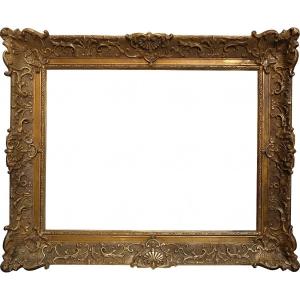
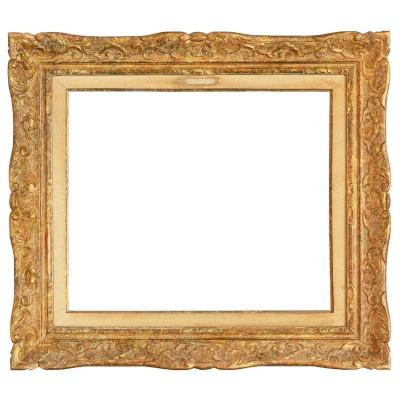


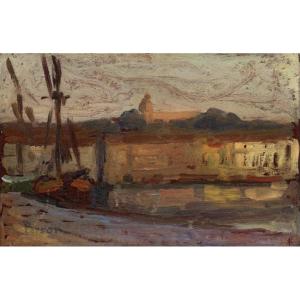




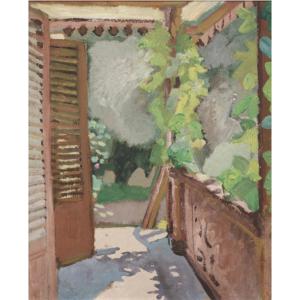
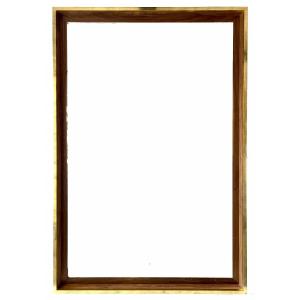

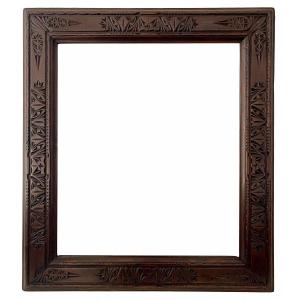
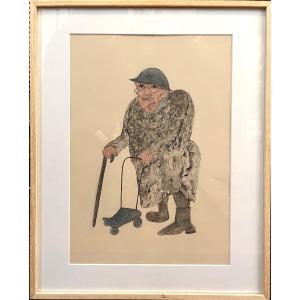



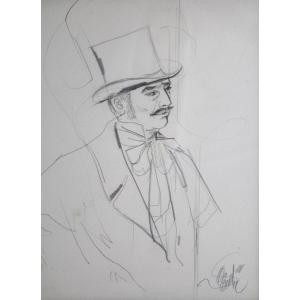



 Le Magazine de PROANTIC
Le Magazine de PROANTIC TRÉSORS Magazine
TRÉSORS Magazine Rivista Artiquariato
Rivista Artiquariato